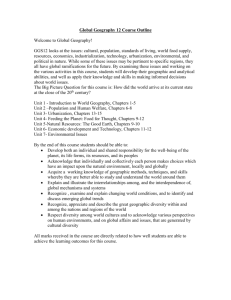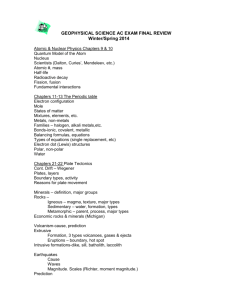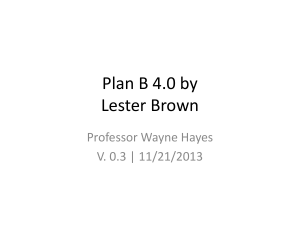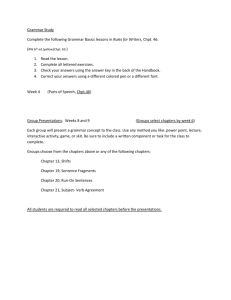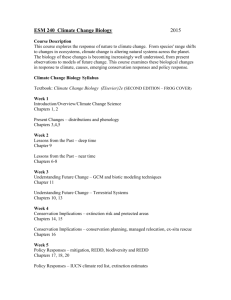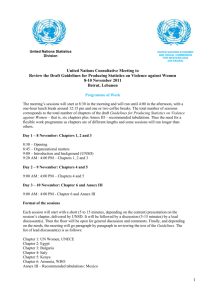EECE 2710
advertisement
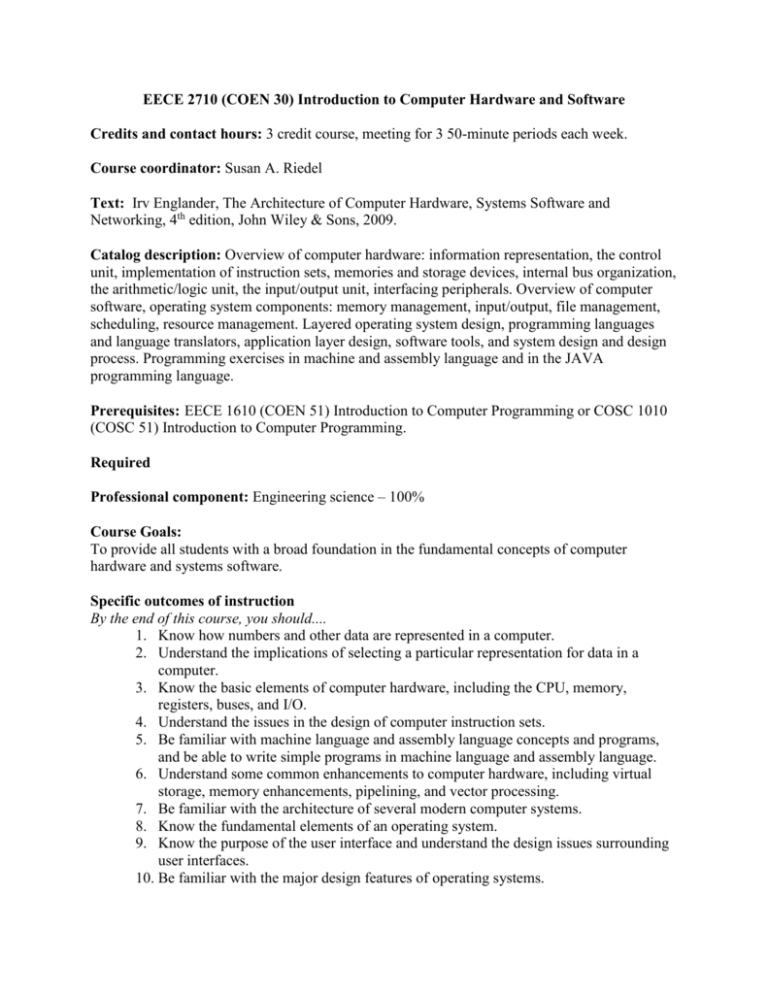
EECE 2710 (COEN 30) Introduction to Computer Hardware and Software Credits and contact hours: 3 credit course, meeting for 3 50-minute periods each week. Course coordinator: Susan A. Riedel Text: Irv Englander, The Architecture of Computer Hardware, Systems Software and Networking, 4th edition, John Wiley & Sons, 2009. Catalog description: Overview of computer hardware: information representation, the control unit, implementation of instruction sets, memories and storage devices, internal bus organization, the arithmetic/logic unit, the input/output unit, interfacing peripherals. Overview of computer software, operating system components: memory management, input/output, file management, scheduling, resource management. Layered operating system design, programming languages and language translators, application layer design, software tools, and system design and design process. Programming exercises in machine and assembly language and in the JAVA programming language. Prerequisites: EECE 1610 (COEN 51) Introduction to Computer Programming or COSC 1010 (COSC 51) Introduction to Computer Programming. Required Professional component: Engineering science – 100% Course Goals: To provide all students with a broad foundation in the fundamental concepts of computer hardware and systems software. Specific outcomes of instruction By the end of this course, you should.... 1. Know how numbers and other data are represented in a computer. 2. Understand the implications of selecting a particular representation for data in a computer. 3. Know the basic elements of computer hardware, including the CPU, memory, registers, buses, and I/O. 4. Understand the issues in the design of computer instruction sets. 5. Be familiar with machine language and assembly language concepts and programs, and be able to write simple programs in machine language and assembly language. 6. Understand some common enhancements to computer hardware, including virtual storage, memory enhancements, pipelining, and vector processing. 7. Be familiar with the architecture of several modern computer systems. 8. Know the fundamental elements of an operating system. 9. Know the purpose of the user interface and understand the design issues surrounding user interfaces. 10. Be familiar with the major design features of operating systems. 11. Understand the concepts of high level languages and their translators. 12. Be familiar with the elements of several modern operating systems. 13. Understand the fundamental concepts of networks and distributed computer systems. Student outcomes addressed by the course: Partial fulfillment of Criterion 3 objectives A, D, E, F, G, H, I, J, and K Brief list of topics to be covered Module 1: Data Formats and Number Systems Chapters 2 – 5 Module 2: A Simple CPU Chapters 6 and 7; Supplementary Chapter 2; LMC User’s Manual Module 3: Advanced System Concepts Chapters 8, 11, and 12 Module 4: Input/Output Chapters 9 and 10 Module 5: Data Communication, Computer Networks Parts of Chapters 10, 11, and 15 Module runs concurrent with Modules 3, 4, and 6 Module 6: Operating System Concepts Chapters 13, 14, 15, and 18 Module 7: File Systems and Programming Tools Chapters 16 and 17 Last modified: January 11, 2012





